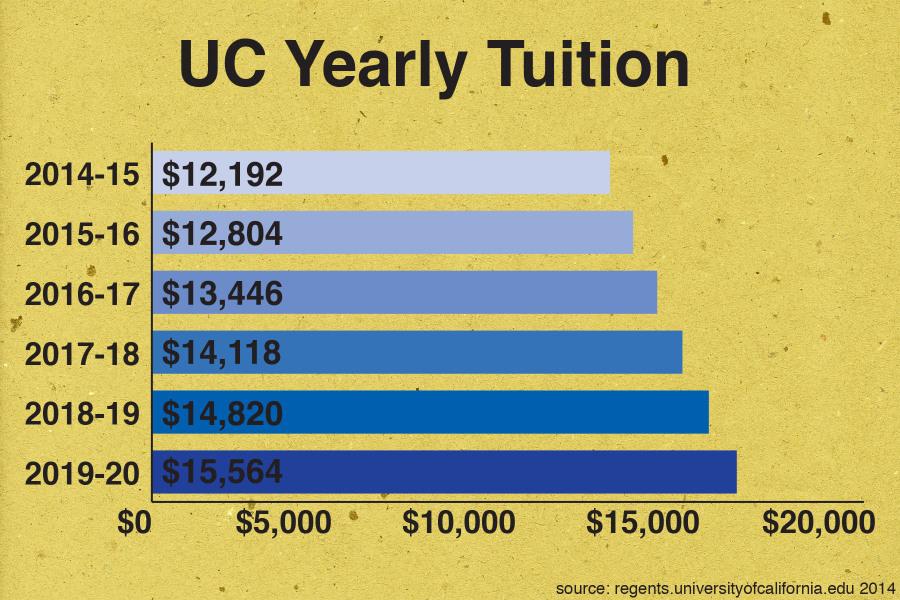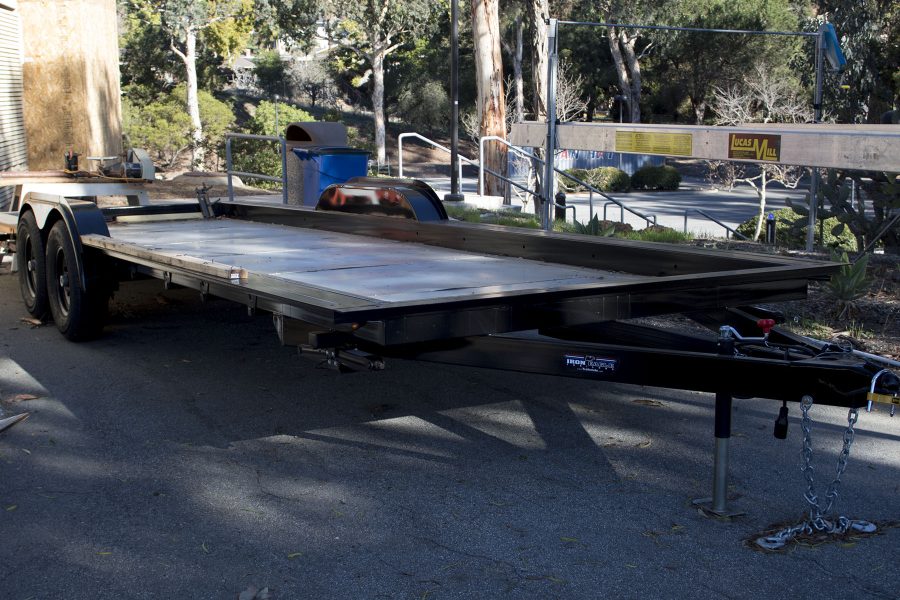As classes come to a close in May, $45,020 of Measure V, City College’s construction improvement bond, will be put to use in the campus bathrooms.
Every fixture on campus that’s currently using 3.5 gallons per flush will be replaced with new, more water efficient models that use only 1.28 GPF. The installations are scheduled to start in the beginning of summer with the help of Santa Barbara Pluming Company.
“The result is obvious,” Steve Massetti said, Measure V‘s project manager. “You save a little over two gallons per flush.”
Even though there’s no requirement for the college to replace inefficient fixtures, this has been a point on the agenda for many years, Massetti said. City College is expected to save about 2.4 million gallons of water per year and an estimated $23,000 when they are all replaced.
The standard water flushed urinals will stick around for a while longer.
“At this point we really saw the most bang for our buck with the toilets,” Massetti said.
Since 1994, federal law forbids the installation of toilets using more than 1.6 GPF. The water-guzzling toilets found at City College today are in fact among the more efficient ones compared to the seven GPF models that were once standard and that can still be found around the nation.
Massetti says another allure with replacing the fixtures is the rebate program issued by the City of Santa Barbara. Beginning in 2010, and ending in 2012, the City offers hundreds of dollars in discounts when installing energy-and-water efficient appliances. For City College, the rebate would be up to $200 per new toilet. Replacing the urinals would grant the college rebates of up to $300 per unit.
To qualify for the program, the new fixtures have to be so-called High-Efficiency Toilets. This means they can use a maximum of 1.28 GPF, whereas the Federal regulations allow up to 1.6 GPF.
The installations will take place one building at a time and require each construction site to be closed to the public. Instead, signs will direct people to the closest available bathroom. The Installation completion is expected over summer.















